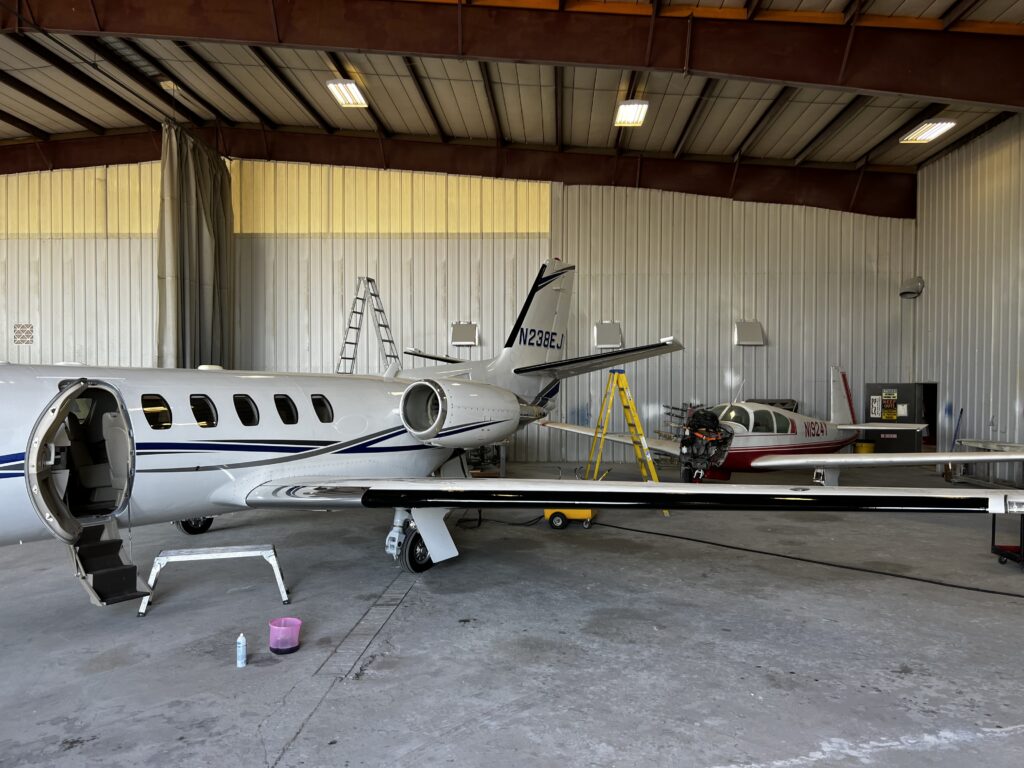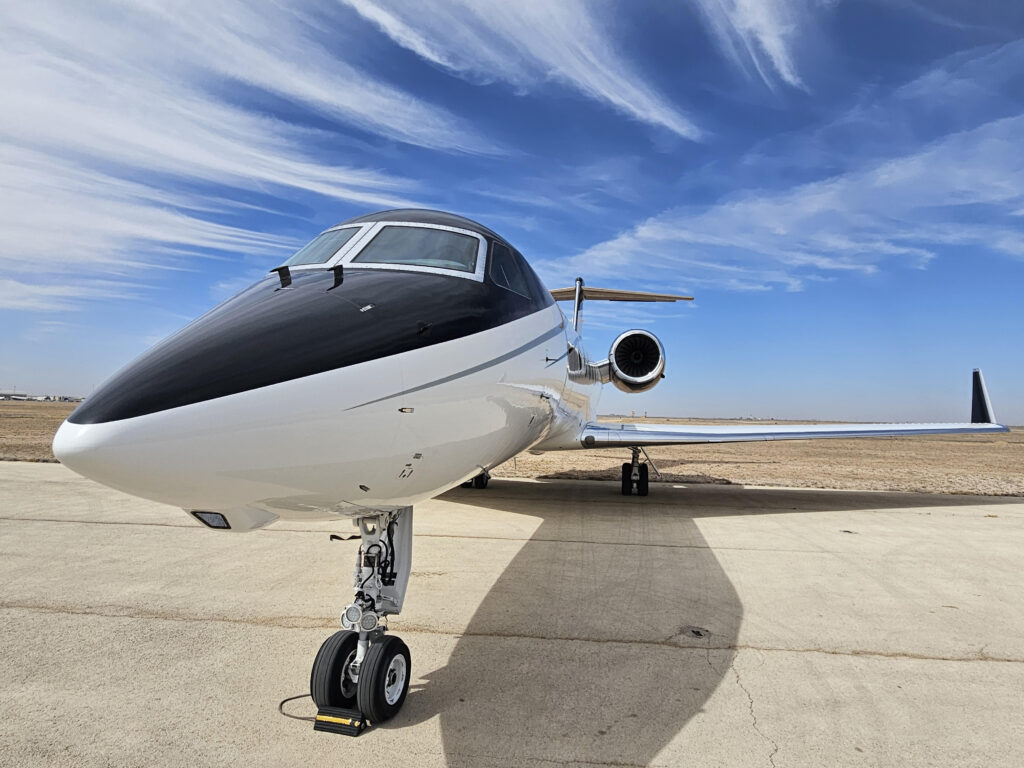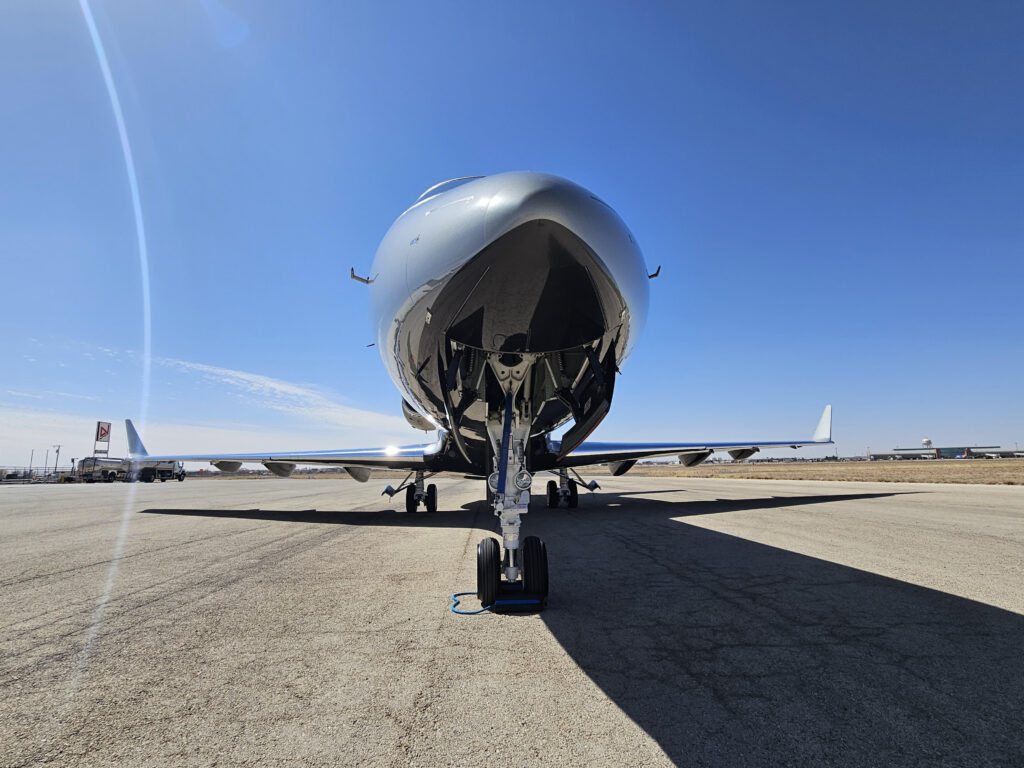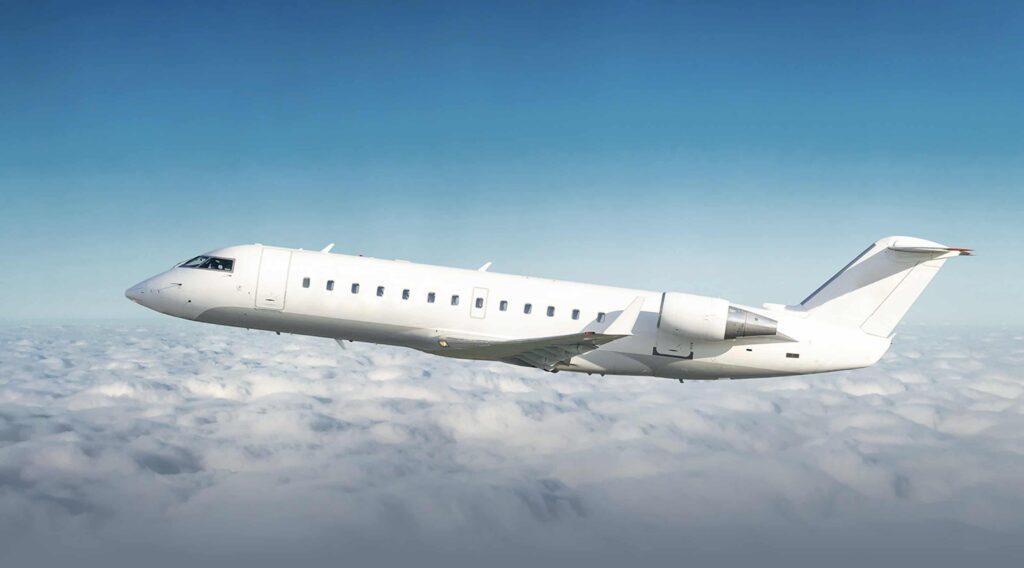For many people, the excitement of aviation sparks a bigger question:
“How do I actually learn to fly?”
The good news? There are training options for every schedule, budget, and experience level. Here’s a quick guide to help you take your next step.
Discovery Flights
Before you commit, book a discovery flight with a local flight school or instructor. You’ll sit in the pilot’s seat with a certified flight instructor (CFI). You’ll get hands-on time controlling the aircraft under supervision. It’s a low‑pressure way to see if flying feels right for you.
If you are in the West Texas area we recommend www.florisflightservices.com.
Basic Requirements to Become a Pilot (Private Pilot Certificate)
1. Meet the Age Requirement
Be at least 17 years old to earn a private pilot certificate.
(You can start training earlier; you just can’t solo until you meet the age and other requirements.)
2. Be Able to Read, Speak, Write, and Understand English
Required by the FAA for communication and safety.
3. Obtain an FAA Medical Certificate
At minimum, a 3rd Class Medical Certificate from an FAA‑authorized Aviation Medical Examiner (AME).
This ensures you meet health and vision standards to fly.
4. Log Required Flight Training Hours
Minimum of 40 flight hours (most people average 55–70):
- At least 20 hours with a Certified Flight Instructor (CFI)
- At least 10 hours of solo flight time
- Cross‑country flights, night flying, and specific maneuvers included.
5. Pass the FAA Knowledge Test (Written Exam)
Study through ground school (online or in person) to prepare for the 60‑question multiple-choice test.
6. Pass the FAA Practical Test (Checkride)
Flight test to demonstrate skills and maneuvers in the airplane.
Oral exam with a Designated Pilot Examiner (DPE) to test your knowledge.
Free Resources
I want to become a pilot! What are the Steps? from MzeroA Flight Training
Basic requirements video from MzeroA Flight Training





